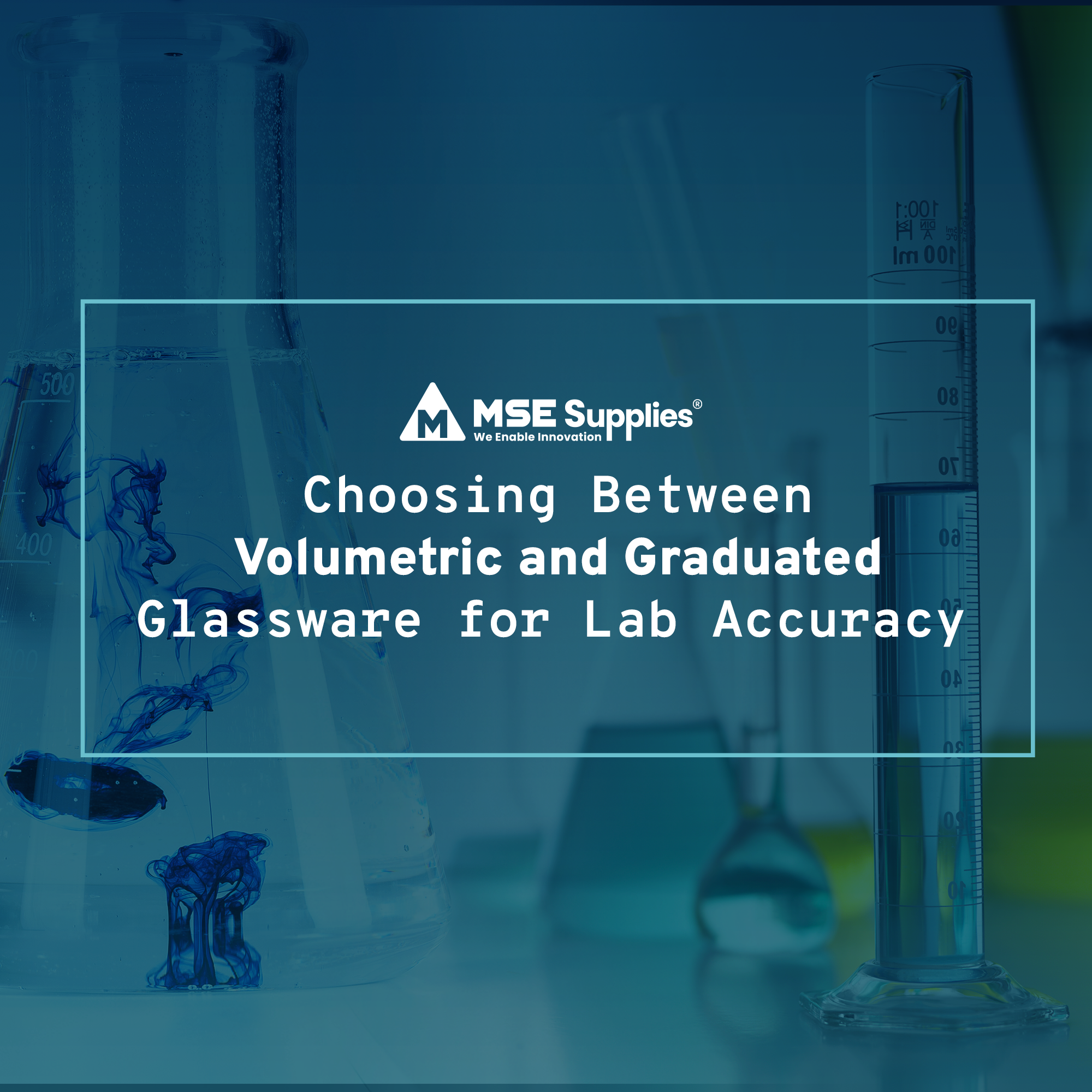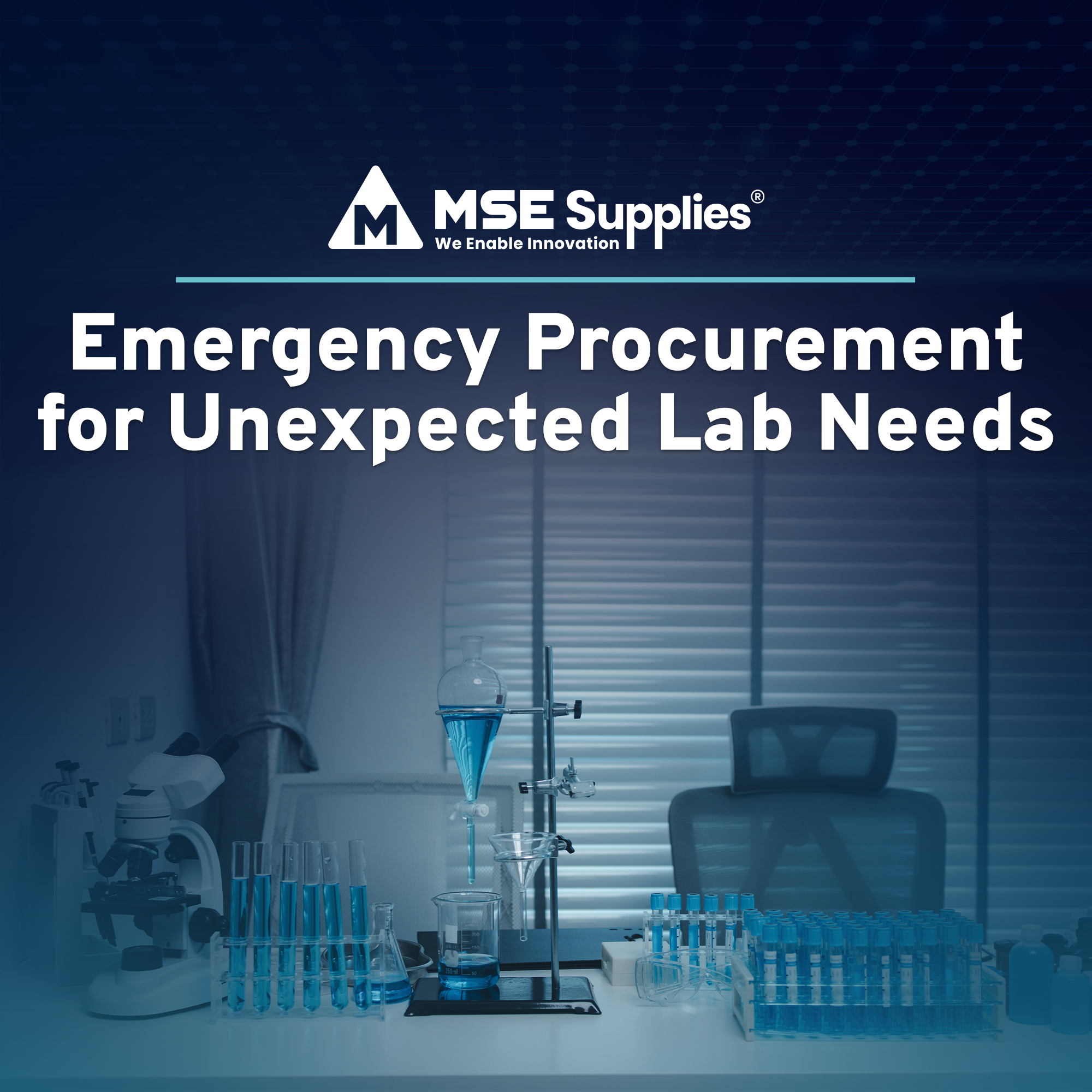Revolutionary Spectroscopy Method for Microplastic Detection in Soil
Posted by Marketing Team on

Spectroscopy has expanded its capabilities in recent years, and there are new possibilities for using it to identify N/MPs in soil samples. A recent discovery by researchers from Waseda University shows that spectroscopy may be a worthwhile tool for environmental studies, especially regarding the difficulties of addressing N/MP.
Addressing the Microplastic Menace
The environmental issue that has gained much attention recently is Nano and microplastics since they are now found in the soil, water, air, and even our bodies. Due to their minuteness, they are capable of moving through soil and water posing a great threat to the ecosystem and humans. This is where the knowledge about their distribution and movement in the soil comes in handy for evaluating and mitigating the threats and finding ways to solve them.
The Challenge with Current Techniques
Traditional methods used to calculate concentrations of nano and microplastics in soil include extracting the soil organic matter using several chemical and physical procedures and then using visual or spectroscopic methods to estimate N/MP concentrations. Methods such as Fourier-transform infrared spectroscopy, Pyrolysis-gas chromatography/mass spectrometry, and Raman spectrometry though efficient, fail to identify the particles below a size of 1 µm and need expertise. Besides, the separation techniques tend to lose some N/MPs in the process contributing to other means of inaccuracy.
A Novel Spectroscopy Solution
Researchers at Waseda University, led by Mr. Kyouhei Tsuchida, have developed a method that simplifies and improves the accuracy of N/MP detection in soil. This method utilizes spectroscopy at two specific wavelengths, eliminating the need for soil separation. By measuring the absorbance spectra of soil suspensions containing N/MPs, the researchers were able to quantify the concentration of N/MPs with remarkable precision.

How It Works
The team created six soil suspensions with varying characteristics and introduced polystyrene nanoparticles sized at 203 nm. By measuring absorbance at wavelengths between 200 and 500 nm, they identified the optimal wavelength combination for detecting N/MPs amidst soil particles and other components. This innovative approach allows for accurate detection of N/MPs regardless of their size, providing a significant advancement in environmental monitoring.
Implications and Future Directions
In its implications, this research is monumental. These are the benefits of the new spectroscopy technique; the scientists and the environmentalists will be able to easily keep track of the microplastics and act accordingly depending on the soil type. That is not only beneficial for the explanation of N/MP distribution but also helpful for the formulation of countermeasures restricting their influence on the environment and people’s health.
Explore Our Spectroscopy Line
Visit MSE Supplies for the full line of Laboratory Spectrometers & Spectrophotometers and learn how they will help improve your work and capabilities. This is the perfect opportunity to get in touch with us and find out how our breakthrough services would assist you.
Stay tuned for more updates on the latest advancements in spectroscopy and how they can revolutionize your work. At MSE Supplies, our goal is to ensure that you have everything you require to be successful in your scientific projects.
Journal Reference: Kyouhei Tsuchida, Yukari Imoto, Takeshi Saito, Junko Hara, Yoshishige Kawabe. A novel and simple method for measuring nano/microplastic concentrations in soil using UV-Vis spectroscopy with optimal wavelength selection. Ecotoxicology and Environmental Safety, 2024; 116366 DOI: 10.1016/j.ecoenv.2024.116366
Source:Waseda University. "Novel method for measuring nano/microplastic concentrations in soil using spectroscopy." ScienceDaily. ScienceDaily, 17 June 2024. <www.sciencedaily.com/releases/2024/06/240617173541.htm>.
Share this post
- Tags: Industry - Chemistry, Industry - Life Sciences, Industry - Medical, MSE Supplies - Marketing Insights & Updates, Products - Laboratory Spectrometers



